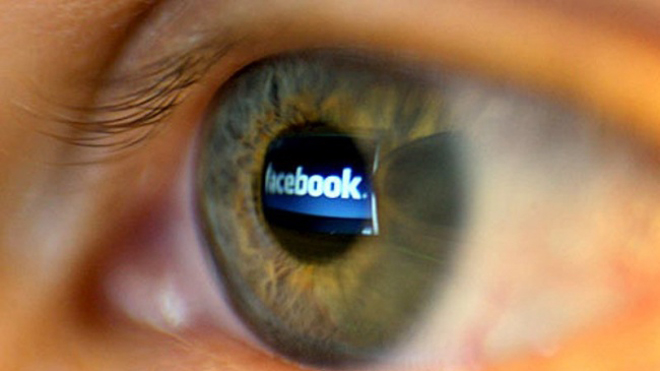According to one of the recent report, NSA is believed to be spying many Facebook users since 2010. NSA used a number of automated techniques to install malwares into users systems.

NSA codenamed these techniques as “TRIBUNE”, executed via a network of malware implant which were the main source of gathering all possible data for surveillance. According to the documents disclosed by Snowden, there were about 85,000 to 100,000 implants deployed by NSA worldwide.
The LA Times report said to infect computers with malware, the NSA has relied on various tactics, including posing as Facebook. This was done by fooling computers into a network of malwares which was originally presented as Facebook server. Through, this act NSA was able to extract all the information from user’s hard drive. However, Facebook claims that hackers or NSA can not use the social media to conduct such attacks anymore, but it warned that other websites and social networks may still be vulnerable to those types of attacks.
- This method of network level disruption does not work for traffic carried over HTTPS, which Facebook finished integrating by default last year,” Facebook told the National Journal. “If government agencies indeed have privileged access to network service providers, any site running only HTTP could conceivably have its traffic misdirected.”
In response to the report, NSA denied using or posing as Facebook to infect user computers.
NSA began this network on implants back in 2004 with 100 to 150 implants which were created manually. But, now they can easily enter into a number of devices and the list is as follows:
* Use a computer’s microphone to record audio
* Use a computer’s webcam to take photos
* Record a computer’s Internet browsing history
* Record login details and passwords use for Web services
* Log users’ keystrokes
* Extract data from flash drives when they are plugged into infected computers
* Block users from accessing certain websites
* Corrupt files that computers attempt to download








